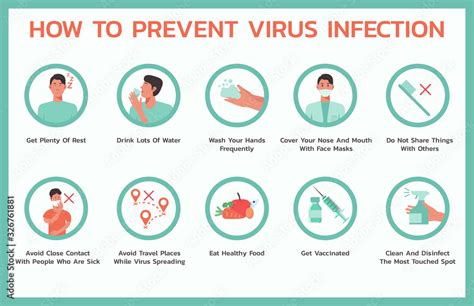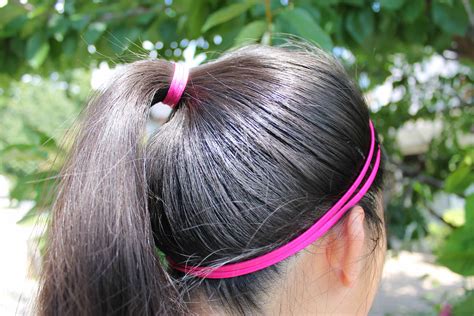Optimize your shave: How to prevent razor burn and ingrown hairs for flawless skin?

The Quest for a Perfect Shave
For many, shaving is a daily ritual, but it can often come with unwelcome side effects: razor burn and ingrown hairs. These common irritations can transform an otherwise refreshing routine into a source of discomfort and unsightly blemishes. The good news is that achieving smooth, flawless skin isn’t just a dream – it’s entirely attainable with the right approach. By understanding the science behind these issues and adopting a few key strategies, you can optimize your shave and banish these problems for good.
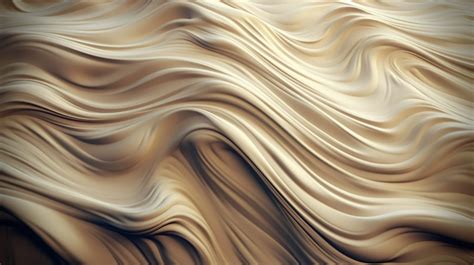
Mastering Pre-Shave Preparation
The secret to preventing razor burn and ingrown hairs often begins before the blade even touches your skin. Proper preparation softens the hair, opens pores, and creates a smoother surface, significantly reducing friction and irritation.
- Cleanse and Exfoliate: Start with a gentle cleanser to remove dirt and oil. Follow with a mild exfoliant (a face scrub or brush) 2-3 times a week, especially in areas prone to ingrown hairs. Exfoliation lifts trapped hairs and clears dead skin cells, allowing the razor to glide more smoothly.
- Warm Water Therapy: A hot shower or warm compress applied to the skin for a few minutes is crucial. Warmth opens up pores and softens both skin and hair, making it easier for the razor to cut cleanly without tugging.
- Pre-Shave Oil: For an extra layer of protection, apply a few drops of pre-shave oil. This creates a barrier between your skin and the razor, enhancing glide and reducing friction.

Selecting Your Shaving Arsenal
Your equipment plays a pivotal role in the quality of your shave. Investing in high-quality tools and knowing how to use them is paramount.
- Sharp Razor Blades: This is non-negotiable. Dull blades pull and tug at hairs, causing irritation and an uneven cut, which are primary causes of razor burn and ingrown hairs. Change your razor blade every 5-7 shaves, or sooner if you feel any tugging. Consider a multi-blade razor for closeness, but ensure it doesn’t cause too much irritation; some find single-blade or safety razors better for sensitive skin.
- Quality Shaving Cream/Gel: Ditch the cheap foam. A rich, moisturizing shaving cream or gel creates a thick lather that provides lubrication, protects the skin, and helps hair stand up for a closer cut. Look for ingredients like glycerin, aloe vera, and essential oils.
Mastering the Art of the Shave Stroke
How you wield your razor is just as important as the razor itself. Incorrect technique can quickly lead to painful consequences.
- Shave with the Grain: Always shave in the direction your hair grows first. This minimizes irritation and reduces the likelihood of hairs curling back into the skin. If you need a closer shave, reapply cream and go across the grain, or very gently against the grain, but only if your skin tolerates it well.
- Light Pressure, Short Strokes: Let the razor do the work. Pressing too hard flattens hairs and scrapes the skin, leading to razor burn. Use short, light, controlled strokes. Rinse your razor frequently under warm water to clear away hair and cream.
- Stretch the Skin (Gently): For tricky areas, gently stretch the skin taut. This creates a flatter surface for the razor to glide over, ensuring a more even cut.
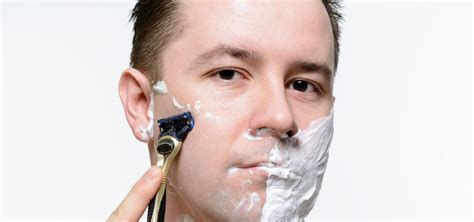
The Importance of Aftercare
Your shaving routine isn’t complete until you’ve properly cared for your skin post-shave. This final step seals in moisture, soothes irritation, and actively prevents ingrown hairs.
- Rinse with Cold Water: After shaving, rinse your face with cool water to close pores and remove any remaining shaving cream or stray hairs.
- Pat, Don’t Rub: Gently pat your skin dry with a clean, soft towel. Rubbing can irritate freshly shaved skin.
- Apply a Soothing Aftershave Balm: Avoid alcohol-based aftershaves, which can dry out and irritate skin. Opt for a soothing, hydrating balm containing ingredients like aloe vera, witch hazel, chamomile, or salicylic acid (a mild exfoliant that helps prevent ingrown hairs). This will calm the skin, reduce redness, and provide essential moisture.
- Moisturize Regularly: Keep your skin hydrated daily, not just after shaving. Well-moisturized skin is more resilient and less prone to irritation.

What If Razor Burn or Ingrown Hairs Still Appear?
Even with the best precautions, sometimes issues can still arise. Here’s how to manage them:
- Don’t Pick: Resist the urge to pick at ingrown hairs, as this can lead to infection and scarring.
- Gentle Exfoliation: Continue gentle exfoliation to help free trapped hairs.
- Targeted Treatments: Use products specifically designed to treat and prevent ingrown hairs, often containing salicylic or glycolic acid. Apply these sparingly and as directed.
- Take a Break: If irritation is severe, consider taking a break from shaving the affected area until it heals completely.
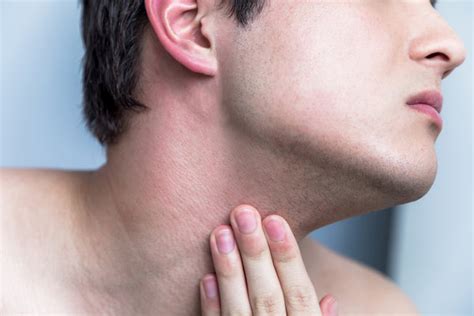
Embrace a Flawless Shaving Experience
Preventing razor burn and ingrown hairs is a holistic process that encompasses preparation, proper tools, meticulous technique, and diligent aftercare. By integrating these practices into your grooming routine, you’ll not only achieve a closer, more comfortable shave but also maintain healthy, smooth, and truly flawless skin. Say goodbye to irritation and hello to a revitalized shaving experience.

